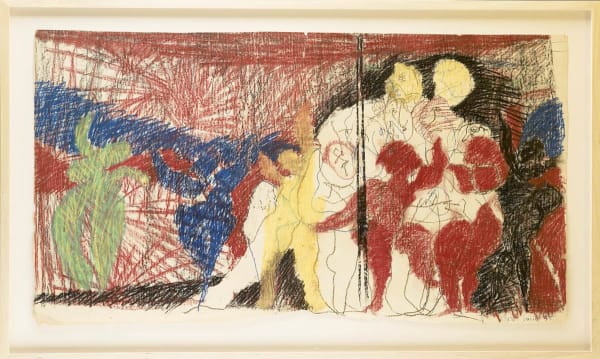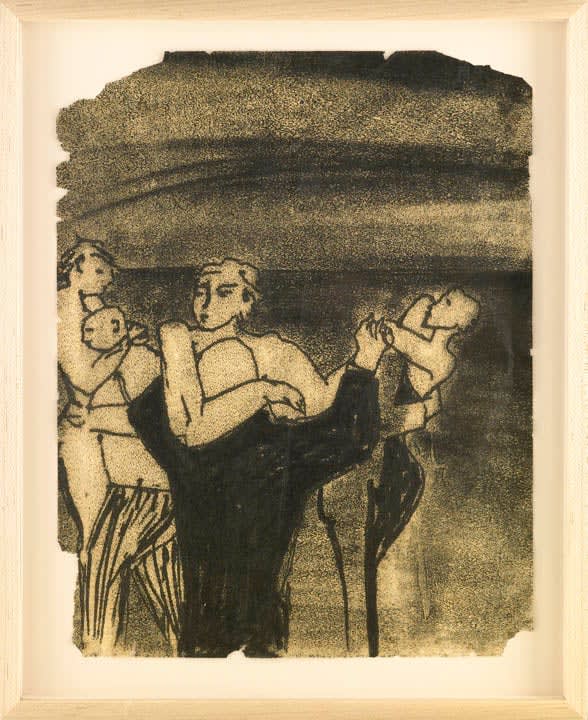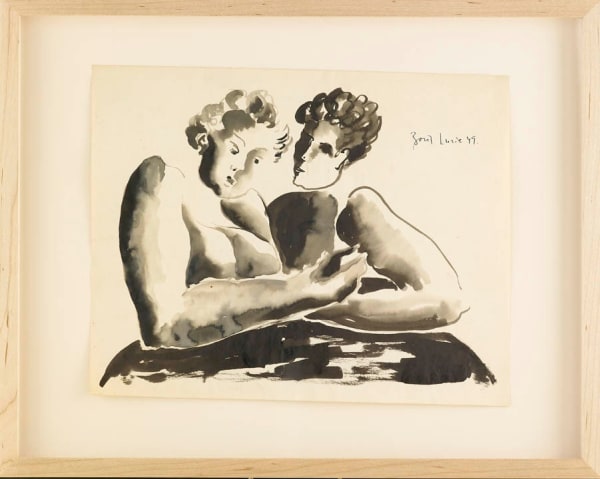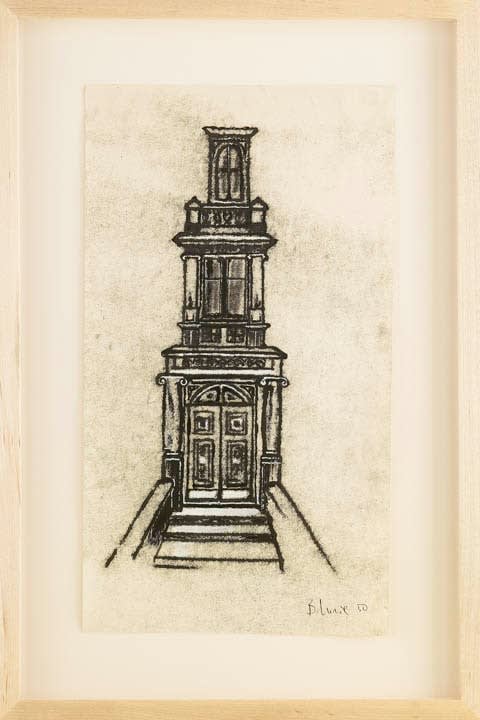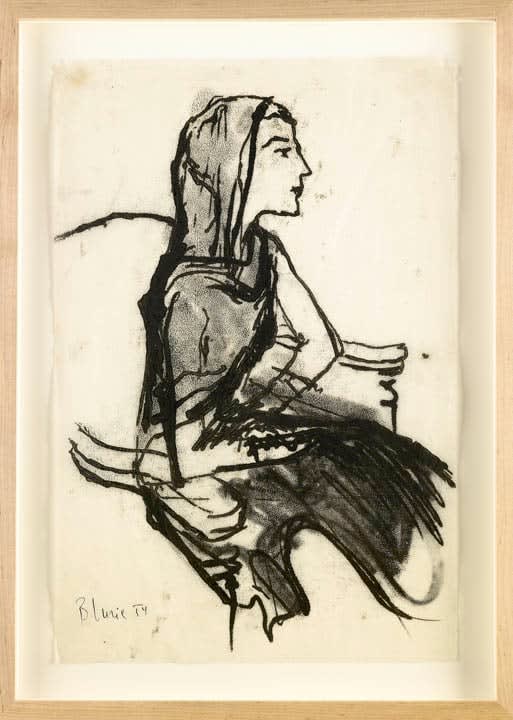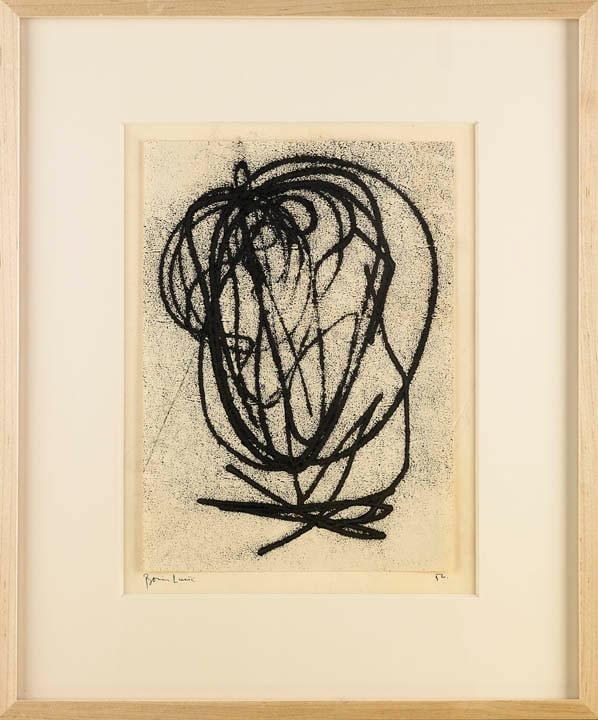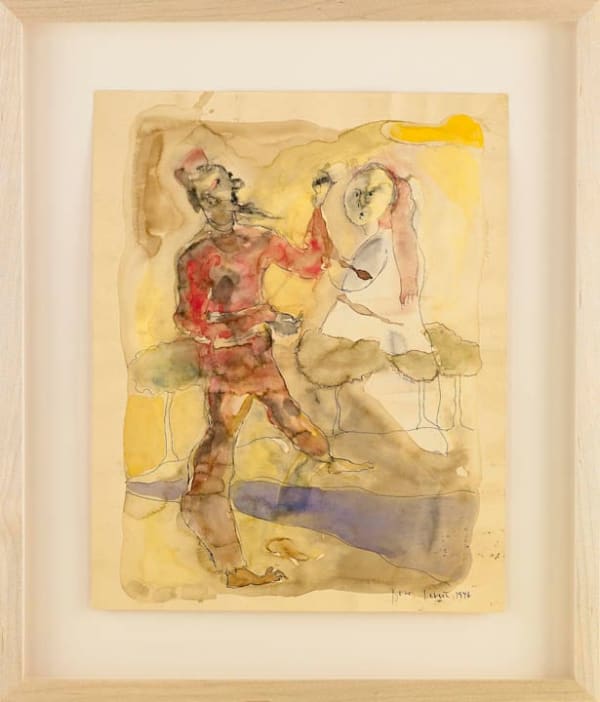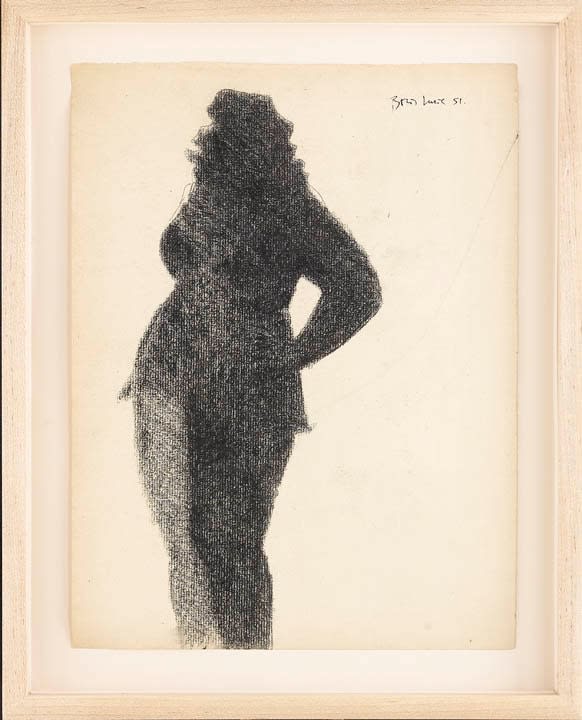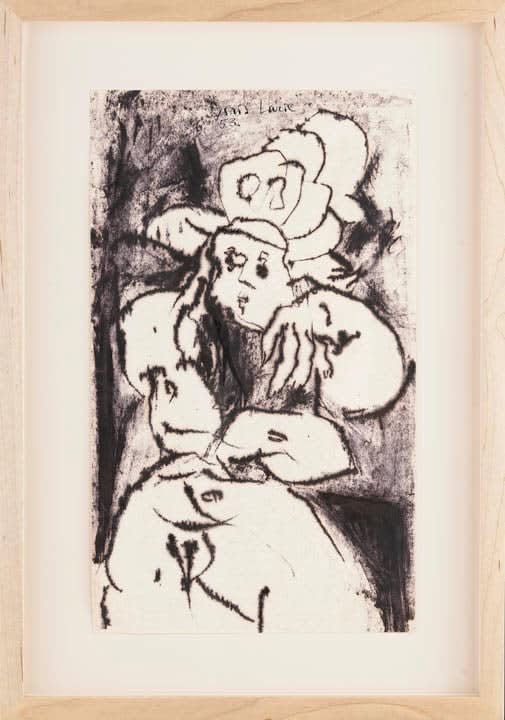Boris Lurie: NO!ART, Early Work
-
 Boris Lurie, Untitled, 1958
Boris Lurie, Untitled, 1958 -
 Boris Lurie, Untitled, 1956
Boris Lurie, Untitled, 1956 -
 Boris Lurie, Untitled, 1950
Boris Lurie, Untitled, 1950 -
 Boris Lurie, Untitled, 1955
Boris Lurie, Untitled, 1955
-
 Boris Lurie, Untitled, circa 1955
Boris Lurie, Untitled, circa 1955 -
 Boris Lurie, Untitled, 1949
Boris Lurie, Untitled, 1949 -
 Boris Lurie, Untitled, 1953
Boris Lurie, Untitled, 1953 -
 Boris Lurie, Untitled, 1955
Boris Lurie, Untitled, 1955
-
 Boris Lurie, Untitled, 1956
Boris Lurie, Untitled, 1956 -
 Boris Lurie, Untitled, 1955
Boris Lurie, Untitled, 1955 -
 Boris Lurie, Untitled, 1950
Boris Lurie, Untitled, 1950 -
 Boris Lurie, Untitled, 1954
Boris Lurie, Untitled, 1954
-
 Boris Lurie, Untitled, 1954
Boris Lurie, Untitled, 1954 -
 Boris Lurie, Untitled, 1954
Boris Lurie, Untitled, 1954 -
 Boris Lurie, Untitled, 1956
Boris Lurie, Untitled, 1956 -
 Boris Lurie, Untitled, 1950
Boris Lurie, Untitled, 1950
-
 Boris Lurie, Untitled, 1954
Boris Lurie, Untitled, 1954 -
 Boris Lurie, Untitled, 1955
Boris Lurie, Untitled, 1955 -
 Boris Lurie, Untitled, 1951
Boris Lurie, Untitled, 1951 -
 Boris Lurie, Untitled, 1951
Boris Lurie, Untitled, 1951
-
 Boris Lurie, Untitled, 1954
Boris Lurie, Untitled, 1954 -
 Boris Lurie, Untitled, 1946
Boris Lurie, Untitled, 1946 -
 Boris Lurie, Untitled, 1951
Boris Lurie, Untitled, 1951 -
 Boris Lurie, Untitled, 1954
Boris Lurie, Untitled, 1954
New York, NY – Westwood Gallery NYC in collaboration with Boris Lurie Art Foundation presented an exhibition of paintings, drawings, collage and sculpture by Boris Lurie (1924-2008), co-founder of the NO!art movement. The exhibition included 45 works of art and was the first New York exhibition since the artist's death.
Many of the drawings indicate Lurie's fascination with the female archetype, based on relationships with women throughout his life. The collages with 'pin-ups' reflect the paper constructions Lurie created over the decades utilizing pages from 'girlie magazines', an alluring objectification, which encompassed much of his work. The artist was also known for his startling images of pin-ups incorporated into Holocaust photographs, as well as sculptural work with clothing scraps. Lurie also created 'feel paintings' using his elbows, hands and fingers to scratch into a surface with paint underneath -- a hypnotic method that resulted in stunning cryptic paintings.
The exhibition was in collaboration with the Boris Lurie Art Foundation. The Boris Lurie Art Foundation is dedicated to preserving and exhibiting the artwork of Boris Lurie and NO!art artists.
EARLY DRAWINGS
Boris Lurie’s early work, though it can be divided into several distinct bodies, is intensely focused on the subject of women, and in ways that are richer, more articulated, and far more intimately sympathetic than the vast majority of work treating the same subject, whether of that or of any other period in history. Lurie arrived in America in 1946 at the age of 22, a young man bereaved of his mother, grandmother, sister, and young sweetheart by the Nazis, and robbed of his own adolescence, which he suffered in their death camps.
DISMEMBERED WOMEN
The female figures that populate his work, from the Dismembered Women Series (1955-57), through the Dancehall (1955), Black Figures (1957-58) and Three Women (1955-57) Series, to the Love (1963) and Pin-ups(1960-1964) Series must be understood through the matrix of the imponderable pain the loss of those dearest to him would inflict. The futile longing for their simple presence by his side, the desperate imaginings of what might have been -- for them far more so than for himself -- had the world not fallen into the clutches of evil, and the constant recognition that violence and inhumanity are equally a danger inherent in the everyday relations of the strong to the weak, the rich to the poor, and male to female, would inform his art even as he matured into the uncompromising radical his later work reveals. Because Lurie’s passion, or rather, compassion for the subject is so multifarious, his fundamental and overwhelming sympathy for women is sometimes misunderstood, especially in the later work, as unwholesome sexual obsession. The mirror he holds up to society is sometimes mistaken for the un-selfconscious mirror of his soul; his own, evidently vigorous, sexuality, forever colored, and indeed perhaps somehow stunted, by the camp experience, is rendered suspect by the insistent proximity of violence and death. His Dismembered Women, Pin-Ups, and Love Series, among others, at once assert that the objectification of women is violence against women and that female sexuality is a fundamental and ineradicable force, ideas difficult at best to incorporate in a single work.
ABOUT THE ARTIST
In 1946, after surviving the Holocaust, Lurie moved to New York City where he became a part of the underground art scene through a movement he co-founded with Sam Goodman (1919-1967) and Stanley Fisher (1926-1980). The NO!art movement was a form of free expression, without commercial motivation, encompassing the artists' views on politics, society, art, personal experiences and visceral expression. At the time, NO!art was largely rejected by art critics, museums and collectors, until the artists and artwork of NO!art became more understood and accepted in the art world. In 1970 Lurie wrote a statement for an exhibition in Germany, "The time for Yes-art is not at all at hand. Who knows? Maybe NO!art's time is yet to come."
Lurie's artwork has been exhibited at Weimar-Buchenwald Memorial, Germany, Block Museum of Art Northwestern University, Evanston, IL, University of Iowa Museum of Art, Iowa City, IA and other museums and galleries in the U.S., Germany, Latvia and Israel. Two film documentaries were completed on Boris Lurie, NO!art Man by Amikam Goldman, 2002 and Shoah and Pin-Ups: The NO!-Artist Boris Lurie, 2007. Both films explore the life and creations of the artist.
-
First and Final Refusal
Resurrecting Boris Lurie, the Original NO!art ManEzra Glinter, Jewish Daily Forward, 14 Jul 2010 -
Boris Lurie’s NO!art retrospective at Westwood Gallery
Theresa Byrnes, Mirror.co.uk, 7 Jul 2010 -
Boris Lurie's Early Work at Westwood
Robert Shuster, Village Voice, 22 Jun 2010 -
Saying Yes to NO!
Boris Lurie leaves his fortune to a foundation that will support works reflecting his anticonsumerist stanceDouglas Century, ARTnews, 1 Apr 2010



